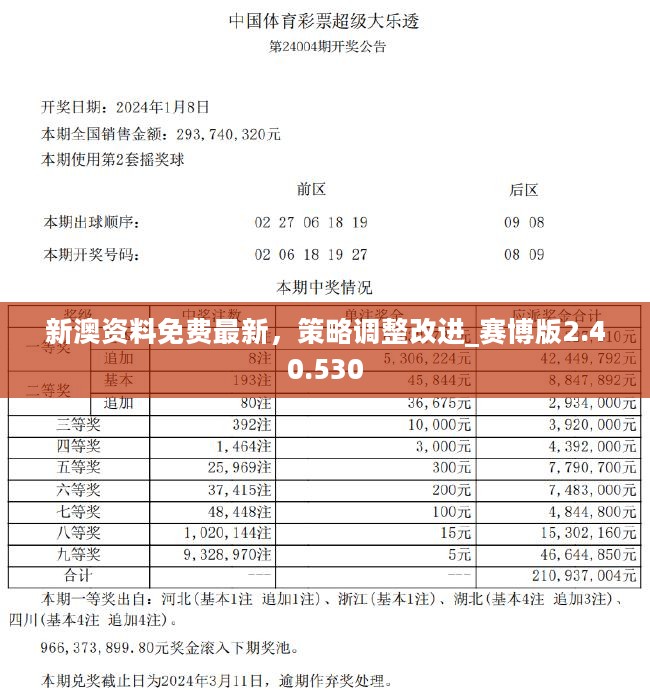Introduction
Welcome to the elaborated information and flexibility execution plan for New Zealand and Australia, meticulously updated in the "New Zealand and Australia's Latest Internal Information, Flexibility Execution Plan Retro Edition 99-201". This document serves as a valuable guide for stakeholders and experts aiming to understand and engage in effective strategies across various sectors.
About the Document
This publication is designed to provide the most recent overview and actionable insights, focusing on the economic, cultural, and environmental aspects of New Zealand and Australia. The retro version 99-201 signifies its unique adaptability and nostalgic approach to established practices, ensuring relevance in this contemporary digital era.
Economic Insights
The economic section of this document delves into the latest developments in the regions, highlighting key trade policies and market trends. By understanding the economic landscapes of both nations, investors and enterprises can form strategic alliances and tap into prosperous markets.
Cultural Milestones
Cultural exchange has always been a cornerstone in the success of New Zealand and Australia. This section outlines the significance of Maori and Aboriginal cultures, their influence on contemporary art, literature, and healthcare approaches. Emphasis is given to fostering mutual understanding and building multicultural communities.
Environmental Strategies
With a focus on sustainability, the environmental strategies outlined in this document are a testament to both nations' commitment to preserving and protecting their natural resources. Learn about innovative solutions addressing climate change, biodiversity conservation, and sustainable development goals.
Weather Data and Forecasting
Precise meteorological data forms the backbone of our understanding of natural phenomena in these regions. The weather forecasting section offers historical data and cutting-edge predictive models for climate-related events, which are crucial for agricultural planning and disaster management.
Flexibility Execution Plan
The flexibility execution plan encapsulates a strategic framework that adapts to fluid global dynamics, economic shifts, and cultural evolutions. It outlines a series of phased initiatives that businesses and governments can adopt to enhance their agility and adjust swiftly to new circumstances.
Case Studies
Backed by empirical evidence, our detailed case studies in this document demonstrate the successful implementation of strategies drawn from historical retrospectives. These real-world examples serve as benchmarks for best practices and illuminate the path for future endeavors.
Technology and Innovation
Technological advancements have been a driving force in the progress of New Zealand and Australia. Discover how both nations embrace innovation across various sectors, including agriculture, renewable energy, healthcare, and digital security, and how these contribute to their global competitiveness.
Recognitions and Accolades
This section celebrates achievements in various fields, acknowledging distinguished individuals, teams, and organizations for their contributions to the region's socio-economic development. These recognitions set the standard for excellence and inspire future generations.
Locations and Territories
Understanding the geographical landscape is essential for implementing targeted strategies. This section demystifies the topography, demographics, and regional diversities of both nations, facilitating informed decision-making in policy and investment ventures.
Future Outlook
As we progress towards a connected future, the final section presents a foresight of potential opportunities and challenges. An examination of global implications, technological advancements, and emerging trends anticipates future prospects for New Zealand and Australia.
Conclusion
In conclusion, the "New Zealand and Australia's Latest Internal Information, Flexibility Execution Plan Retro Edition 99-201" is a vital document, providing a comprehensive perspective for anyone interested in these regions. Adapted to accommodate historical insights and contemporary insights, it continues to serve as an indispensable source for corporate strategies, academic research, and governmental planning.












 京公网安备11000000000001号
京公网安备11000000000001号 京ICP备11000001号
京ICP备11000001号